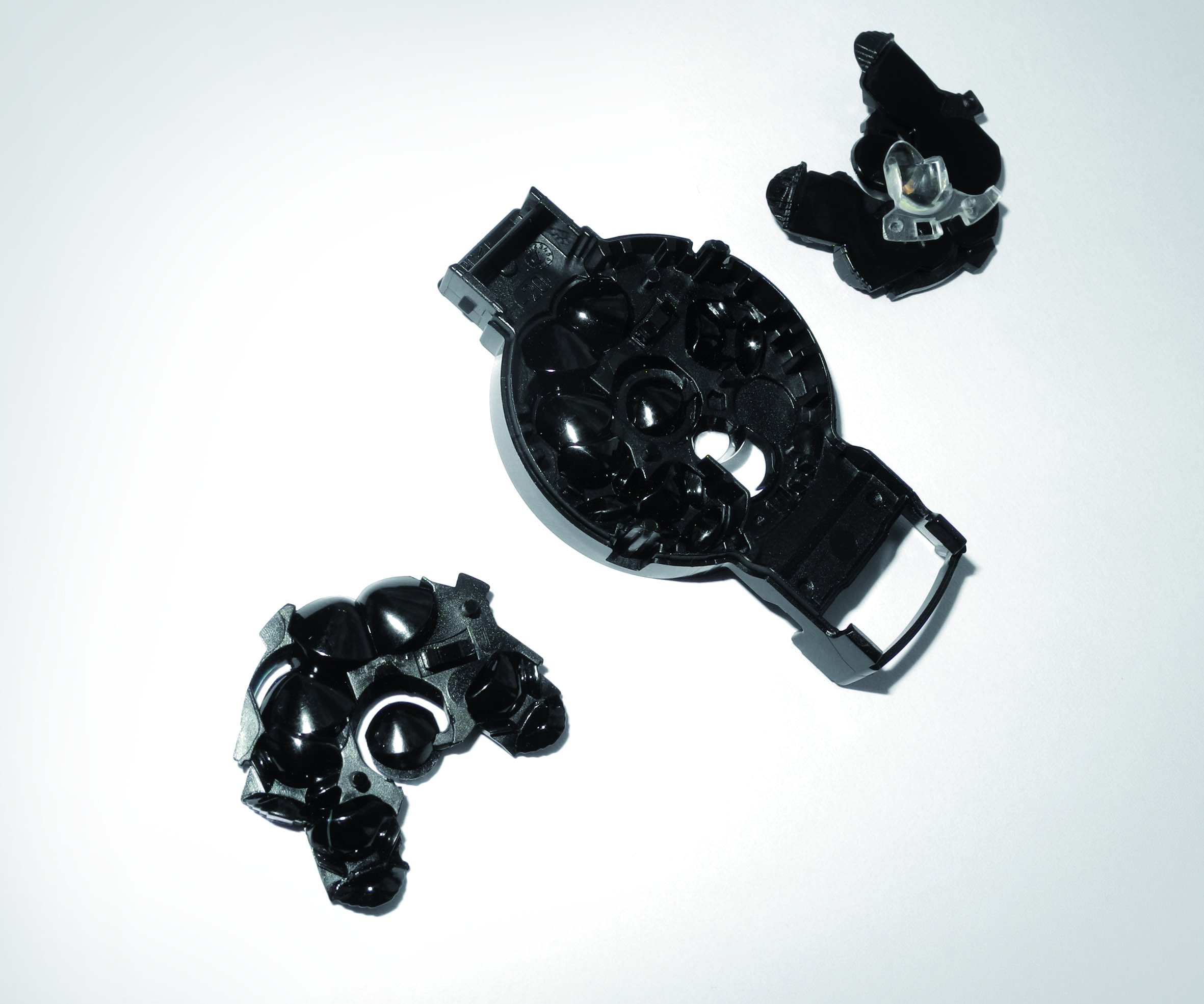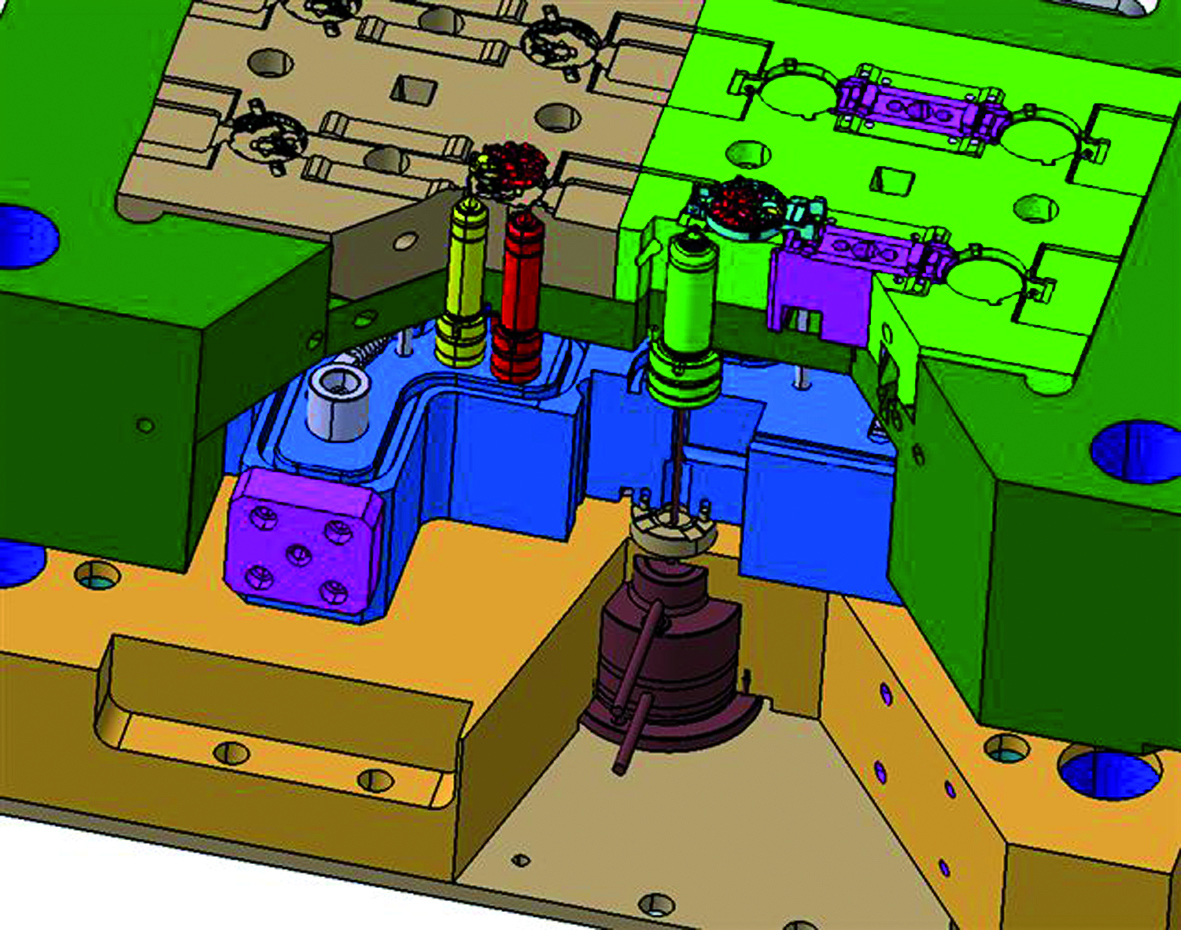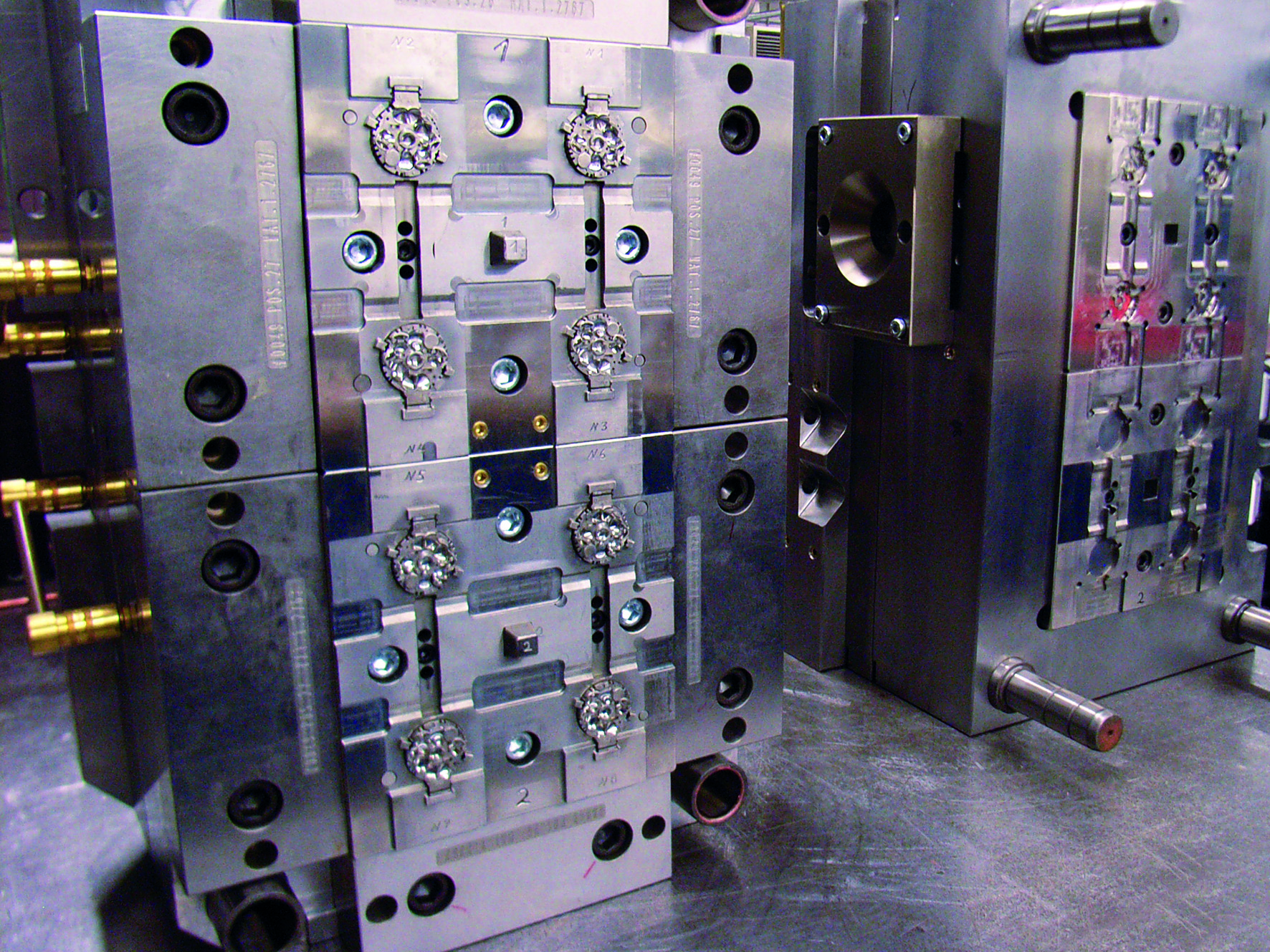As a motorist one values any aids which make driving easier. “Rain/light sensors” are just those aids. When dusk sets in or a certain brightness value is not reached, the headlights turn on automatically.In a similar automatic manner wipers come into action when the rain sensor reacts accordingly, or else the sun sensor sends corresponding data to the climate control unit and the air conditioning responds. Another function of the “Rain/Light sensor” is that the blower starts when humid air is detected inside the car.

These specialized sensors, such as those offered by one of the largest automotive supplier and manufacturer of optical components find their applicationin most cars today, such as Mercedez-Benz, Audi, BMW, VW and many more.The typical resin used for these optical lenses, is a polycarbonate. More precisely, three different polycarbonates, a clear type, an infrared type and for the housing a black polycarbonate. Currently, the companies Friedrichs und Rath of Extertal Germany, their mold maker sk-werkzeugbau, also from Extertal, and HEITEC Heisskanaltechnik from Burgwald have realized a special application of a small “Rain/Light Sensor”, the RSL 4.0 with only 34 mm in diameter. The three companies have been working together successfully on multi-component and sensor solutions for more than seven years. While the first produced sensors were still significantly larger and had more space for hot runner nozzles and the mechanics of the tool, the articles have been getting smaller over the years. In the beginning the plastic articles were also injected via cold-runner, and later injected directly with hot runner nozzles using a hot tip.

The latest application is now calling for small hot tip nozzles that allow to gate directly onto the lenses and valve gates to attach the housing. After initial discussions between the three companies involved the complex 3-D data of the hot runner system was integrated intothe advanced mould design. The RLS 4.0 is a very small rain-light sensor with only 34mm in diameter and 50mm in total length. Due to the small size articles and the corresponding mould technology and mechanics HEITEC Heisskanaltechnik could only work with small nozzles. The hot tip nozzles used for gating the transparent and infrared lenses are the First-Line nozzle type 01.010.15.60 with a melt channel of 4mm. The First-Line nozzles have tips and heaters that are metallically connected to the heating tube and therefore exhibit a very good thermal profile. Specifically, this nozzle type, but also most of the other nozzles from the HEITEC hot runner technology, display energy savings of 25% over comparable nozzles from other suppliers at the current state of technology.

The thermal profile and the residence time is especially important and very significant for the two small lenses, the crystal-clear lens weighs only 0.12g and the infrared 0.7g. The 1.3g black polycarbonate housing is moulded around the two lenses after the turntable is rotated. Here, the valve gate nozzles 61.120.15.60 are used. The needles with a diameter of 2.0mm are hydraulically operated with single piston actuators. All three polycarbonates were conveyed to the nozzles by only one manifold balanced in several levels. The positions of the machine nozzles were placed from above for the crystal clear PC, opposite the operator side for the infrared and in the center of the mould for the black PC, While at the beginning of the project the idea of a 120° division and repositioning of the article was being considered the combination of extremely small hot runner nozzles and a valve gate together with a sophisticated mould was convincing the injection moulder for this.Through this turntable solution the planner of Friedrichs und Rath was able to switch to a smaller machine and also realize energy and cost savings.

During the construction of the multi-component turntable mould sk-werkzeugbau GmbH (www.sk-werkzeugbau.com) efficiently incorporated the experience from previous versions. The 30 employee strong toolmaker has in recent years specialized more and more in complex applications and injection moulds up to a max. Weight of 6 tons. This includes not only optical products, rain-light sensors, but also high-temperature tools, and tools with multifaceted slide & plate movements. The over 45 years of tooling experience and more than 1,800 injection moulds built with the provided support for the tools not only convinced this automotive customer to rely on sk-tool manufacturing, but also other customers in the fields of medical, furniture and electronics industry. The Friedrichs & Rath GmbH has in recent years developed a diverse know-how in the field of multi-component technology (2K, 3K and 4K).
A project with such high quality requirements on the optics could not have been implemented any other way. In addition a subsequent inspection camera ensures the process. A handling system packs the parts into a special tray pack so that the parts can be produced virtually without labor inexpensively even in Germany. The business (www.frira.com) was founded in 1965, since family-owned; it now produces for the automotive and electronics industries on more than 60 injection moulding machines in Extertal. In addition, there are locations in the Harz region and in the Czech Republic and a factory in the United States.
